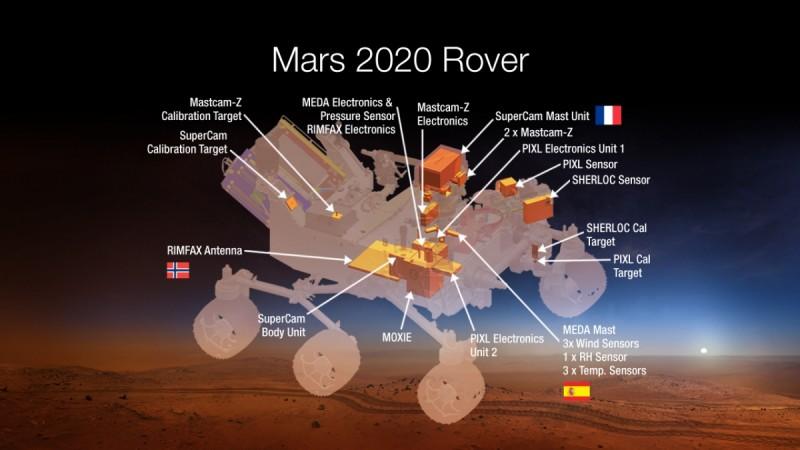
NASA is planning to send people to Mars! They have announced that they have a prototype of a new Mars rover in mind, which would be able to create oxygen, so that the astronauts can sustain themselves in the neighbouring planet.
The new rover, which NASA plans to launch into space in the year 2020, is being currently called 'Mars 2020'. This rover has been modelled after the famous Curiosity rover, which is operating in Mars right now.
"The Mars 2020 rover, with these new advanced scientific instruments, including those from our international partners, holds the promise to unlock more mysteries of Mars' past as revealed in the geological record," said John Grunsfeld, an Astronaut, who is also an Associate Administrator of the Science Mission Directorate, Washington, in a press release.
"The mission will further our search for life in the universe and also offer opportunities to advance new capabilities in exploration in exploration technology."

This rover will be packed with an array of high-tech instruments, which would help the astronauts go about their work with ease. The scientists sent on this mission would be looking to explore the planet, looking for life that might have existed in the past, studying the geology of the planet, and also bringing back different soil samples to earth. The three major devices at the disposal of these astronauts would be a weather station instrument, surface radar and a SuperCam.
- Weather Station Instruments – This seems like a basic setup, but all astronauts need this, regardless of the size of their operation. And since this is the largest space exploration ever planned, the astronauts would invariably need the best equipment to assess the weather conditions of Mars.
- Surface Radar Sensors – This sensor would map out the under-surface geology in Mars. Its more immediate and specific task would be to map out the geology beneath the rover itself, as the astronauts need to be sure that they are standing on safe grounds.
- SuperCam – this sensitive camera would sense the traces of organic chemistry within the planet's landscape. This camera would also try to detect past life, either in the large multi cellular form, or in the microbial form.
- High Resolution Panoramic Camera – This would mainly be used as a device that would help the astronauts steer the rover across the Martian landscape.
The main aim of the mission is to find any sort of evidence of past life on the planet, and also to get 30 samples of the different soils of Mars back to Earth.

















